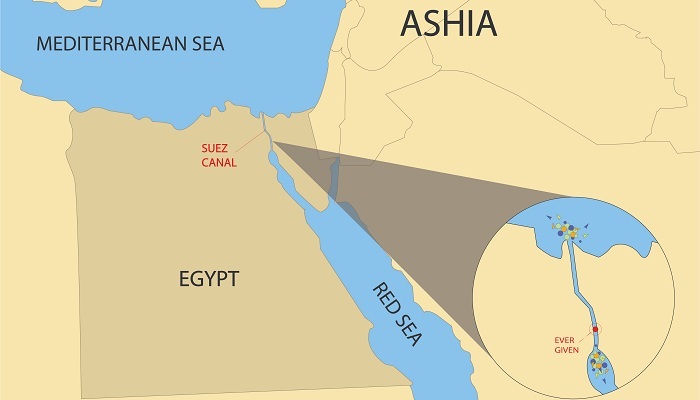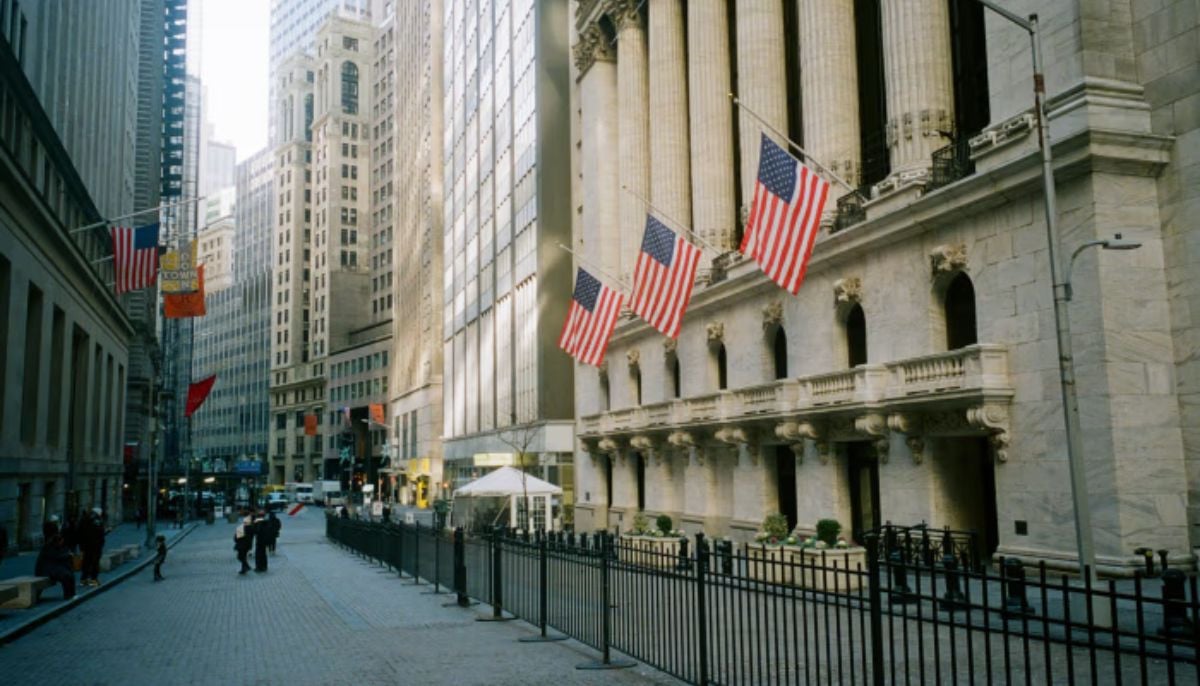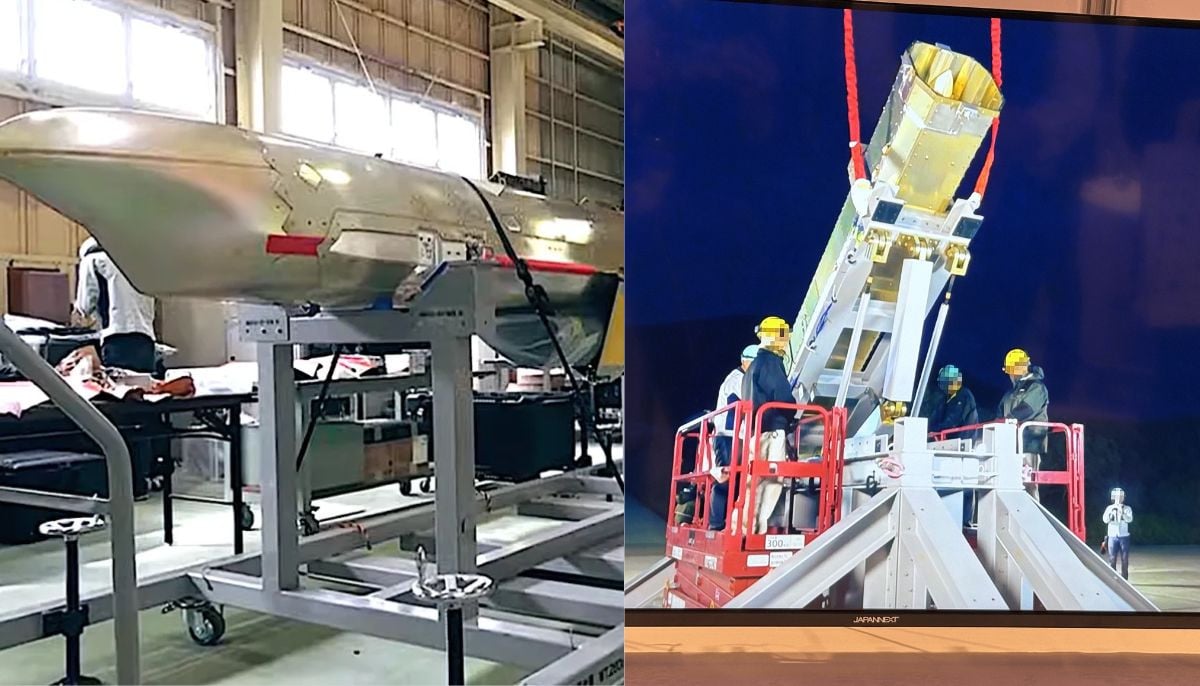What on earth happened to Ever Given?
What on earth happened to Ever Given?
On March 23 this year, a 200-tonne cargo carrier caught the attention of all and sundry amid a pandemic grappling the entire globe. ‘Ever Given’ was stuck in one of the world's most important trade routes Suez Canal, blocking the transit of other vessels and affecting global trade as a consequence. For the next seven days, efforts were underway to dislodge the massive vessel that was causing trade losses in billions of dollars.
Ever Given is a golden class container vessel which is the 13th largest class of container ships in the world today. She is capable of carrying 20124 TEU’s which are 20 foot by 8.5-foot containers when loaded to full capacity.
The vessel’s service speed is 22.8 knots and she is equipped with an 80,000 HP engine and two smaller 3,500 HP thrusters for maneuvering. With mammoth dimensions, Ever Given stands at a length of 399.94 meters, has a beam of 58.8 meters, and a height from keel to main deck of 32.9 meters, above which were 8-10 rows of containers stacked on top of one another which further increased her by around 30 meters.
How did Ever Given get stuck in the canal? I spoke to Anshuman Sen, columnist for the Journal of the Institute of Marine Engineers and a Marine Engineer with over twenty years’ experience managing shipping vessels to understand the reasons behind ship disasters and what happened in the case of Ever Given, and how to prevent them.
There have only been dozens of ship malfunctions in history that have made international headlines. However, the number of cases of ship breakdowns due to engineering malfunctions run in thousands.
Insurance firm AGCS in their 2019 “Safety & Shipping Review” analyzed data from 26,022 shipping incidents between January 2009 and December 2018 and found more than a third (8,862 incidents) were caused by “machinery damage” or “machinery breakdown”. The second most common cause of shipping incidents over the past decade “collisions” of which 3,648 incidents were recorded between 2009 and 2018.
“The occurrence of engineering malfunctioning on ships is largely dependent on the age of the vessel, poor maintenance or non-compliance with the Planned Maintenance System i.e. PMS of the vessel & human error for e.g. inadequate training or operator negligence,” explains Anshuman Sen.
Therefore, the newer the vessel, the lower the chance of machinery malfunction as new or recently installed machinery is not prone to failure simply because the operating hours have not reached a point where breakdown can occur from wear and tear of mechanical parts.
However, in the case of Ever Given, the vessel was relatively new. “Ever Given was delivered in May of 2018, making her only 3 years old. Vessels can trade on average for 20 years,” says Anshuman.
Ruling out that Ever Given’s malfunction was a machinery failure due to “age”, according to Anshuman, the plausible explanation for the disaster appears to be adverse weather conditions.
He explained that Ever Given was caught in a sand storm with wind speeds of up to 75 kms/hr. The ship was fully loaded with containers to her full height of 60 meters which presents a wind area of 20,000 square meters (largest ships at full load present around 5,000 square meters).
“The force of the wind battering the vessel creates a pushing force of 250 tones which is akin to the force of three harbor tugs at full power pushing sideways in a narrow canal with low visibility,” says Anshuman. “From satellite images and AIS data, the Ever Given was seen swaying left and right in the wind, struggling to maintain her position,” he adds.
The run of the events looks something like this: while correcting her course under these strong winds, the water on the port side of the bow was compressed between the ship side and the canal wall causing a high pressure area and causing the bow to swing. The resultant low pressure at the stern caused the water to accelerate to maintain equilibrium with the high pressure water on the bow resulting in the stern of the ship moving toward the bank.
“This is commonly known as the “bank effect”. This caused the vessel to pivot diagonally but the crew were not able to correct the turn in time resulting in the bow running aground on the eastern bank and the stern on the western bank, effectively blocking the canal,” he explains.
However, Anshuman does not rule out machinery failure, human error or a combination of all of these, completely. To conclusively determine the exact cause of the incident, experts require access to the data in the ship’s Voyage Data Recorder, which is the “black box”, and the engine alarm monitoring system, which are AMS logs that have currently not been released.
“The VDR also holds critical information like audio recordings of the conversation between the master and pilots on the bridge, the vessel’s speed and position. The AMS log contains information if any machinery alarms were activated prior to the incident, which could indicate possible machinery malfunction.
Given the magnitude of losses associated with ship malfunctions, like in the case of Ever Given, it is critical to undertake through risk analysis prior to transiting a canal to reduce the risk of similar incidents in future.
“For large container vessels loaded to full capacity it may also be prudent to monitor the weather forecast for favorable weather conditions before commencing transit,” Anshuman explains. Moreover, strict adherence to the canal speed limit should be observed at all times during transit.
Simple precautions in that regard include a tug boat accompanying the vessel for assistance in case weather deteriorates.
On the engineering side, all machinery maintenance must be completed as per the vessel’s Planned Maintenance System and no maintenance should be pending or overdue. “Similarly, critical machinery for the maneuver like the main engine, generators, bow thruster and steering gear must be tested for satisfactory operation before commencing transit,” he concluded.
-
Trump vows ‘no going back’ on Greenland ahead of Davos visit
-
Japan’s ex-PM Shinzo Abe’s killer is set to be sentenced: How much punishment could he face?
-
Therapist killed in office as former client launches knife attack
-
North Carolina woman accused of serving victims with poisoned drinks
-
'Greenland will stay Greenland', former Trump adviser hints at new twist
-
Stranger knocks, then opens fire on Indiana judge and wife
-
Japan unveils anti-ship missile with ‘barrel-roll’ evasion to outsmart defenses
-
Missouri couple ‘locked sons in chicken pen, shot them’ in shocking abuse case












